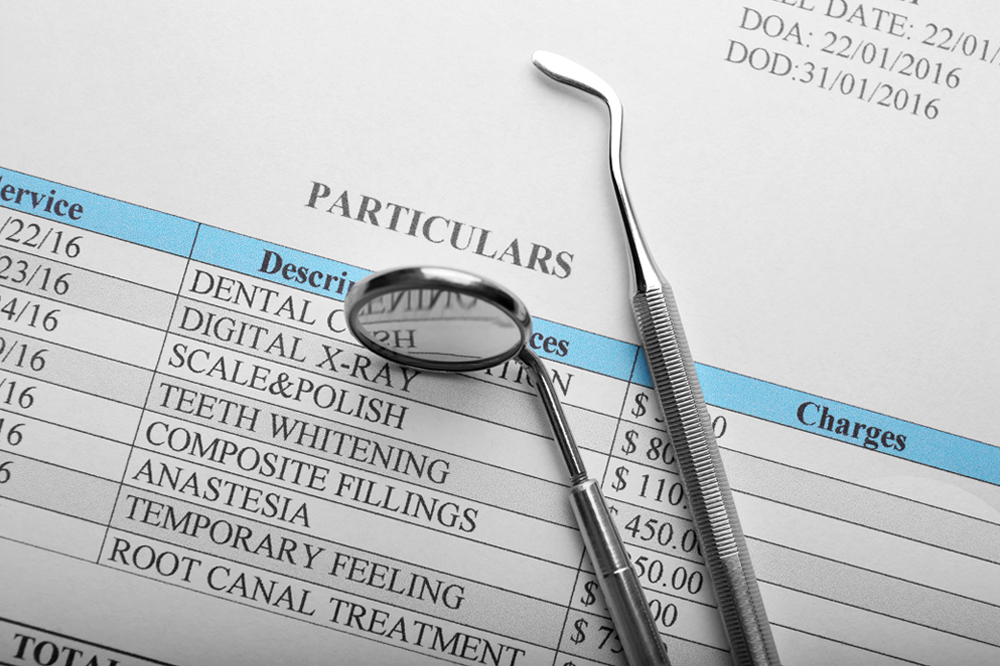
For the majority of healthcare practitioners and sales cycle management firms, dental billing is a complicated process. Even the slightest mistakes may cause an immense loss of revenue. In a way to reduce the burden of healthcare providers, and to improve the earnings, revenue cycle management firms handle the dental billing process.
Practitioners need to understand the steps involved in Revenue Cycle Management. It not only reduces the workload, but allows practitioners to focus solely on patients too. Using an updated RCM tool can resolve a lot of eligibility and verification issues, and healthcare providers should consider it as the very first and the most crucial step in dental billing.
Apart from installing RCM software, let us understand the crucial steps in RCM of dental billing one by one.
Step 1: Patient Pre-authorization
As per the U.S. government, pre-authorization is defined as a decision by a health provider or plan that a prescription drug, treatment, facility, or equipment is essential. In cases of dental emergencies, there will be an exception from pre-authorization.
Healthcare providers should know that pre-authorization for a treatment or drug does not necessarily mean that the expense would be covered by the insurer. If there is some uncertainty about coverage, patients and providers have to double-check.
Step 2: Verification with the Insurance Company
One of the most popular reasons for claim rejection is eligibility issues. To ensure that patients can pay for the treatment or services they receive, eligibility verification is required. Insurance eligibility verification must be performed on every visit. It allows you to tell your patients about the payment before the treatment. Many insurance plans require advance approval for dental examinations, clinical treatments, medications, and facilities for dental devices ordered by doctors. So, verifying insurance eligibility not just improves the patient satisfaction rate but eventually your revenues as well.
Step 3: Collecting Copay and Deductibles
Once the verification is done, collecting Copay and Deductibles is the next step. It becomes a lot easier for dental practices to collect the same once eligibility verification for insurance is completed. Post that, practices begin with the patient’s treatment. Although every step matters for a better RCM, patient care needs to be on the top. As long as your patients are happy with the services provided, everything else including the bill payments is likely to be in place.
Step 4: Claim Submission
The next step is evidently submitting claims to the insurance company. After the treatment, dental practices submit the claims. The insurance company evaluates the submitted claims and based on several factors, accepts or rejects the claims.
Here, the dental billing team needs to make sure that claims are submitted on time with the utmost accuracy to keep the denials at bay.
Step 5: Denial Management
If, because of so many rejected claims, the results indicate a decline in revenue, it's time to examine the causes behind it. Well-implemented denial management will not just improve the earnings, but your patients will be happy with the services as well.
Using modern-day denial management techniques will allow you to focus on uncovering the causes behind denials and getting them paid faster.
Either hire an in-house denial management team or outsource the services to a reliable partner to get the best results. A professional denial management team first determines the cause of the denial, then investigates rejected or unpaid claims, observes the general reasons behind claim denial, and then appeals the rejection as per the process. The process, eventually, reduces the rate of denials and improves the RCM.
Step 6: Payment Collection
Dental practices receive the payment from the insurance companies as per the amount mentioned in the submitted claims. Finally, the dental billing team sends the patient statement to the concerned patient for the remaining balance, if any, after the claim is settled.
The given measures take Revenue Cycle Management for dental practices to the next level by sustaining steady revenue growth and accessing multiple dental claims with no mistakes and fewer denials.